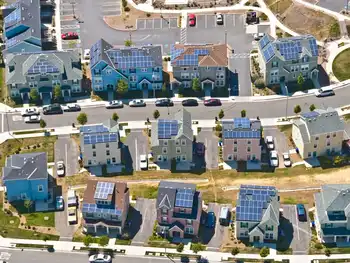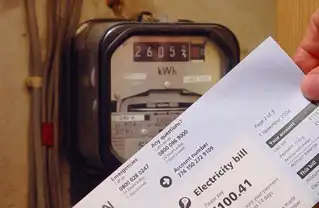The future of producing power in Ontario
By Globe and Mail
CSA Z463 Electrical Maintenance
Our customized live online or in‑person group training can be delivered to your staff at your location.

- Live Online
- 6 hours Instructor-led
- Group Training Available
It will also transform the ubiquitous but largely invisible energy grid that powers every home appliance, every medical device, every light source, and virtually every industrial process from agriculture to construction.
Energy grid innovation is long overdue. As Leonard Gross, an engineering executive at Ontario's Hydro One, notes: “Since Edison passed away, we've created a compact fluorescent light bulb. Nothing else has happened.” Indeed, while Alexander Graham Bell would not recognize today's telephone network, Thomas Edison would feel right at home running our current electrical grid.
WeÂ’ve taken small steps to encourage innovation in Canada, such as the recent passage of the Ontario Green Energy Act and similar initiatives in Quebec, Alberta, and British Columbia. But to capture the major opportunities that are available we must open our energy infrastructure to innovation and collaboration.
A truly open energy grid could catalyze new sources of supply and provide a platform for new energy services. It could foster a culture of energy “prosumption” whereby household and business users would become active producers and managers of energy, not just passive consumers and ratepayers.
ItÂ’s not as far-fetched as it sounds. After all, there is already increasingly broad agreement in Ontario and other provinces that the electrical grid should do more than just carry electricity. It should also carry information about real-time energy usage and pricing to help make us smarter consumers. And once that happens, the grid stands to benefit from the same kinds of innovation, collaboration, and wealth creation that the Internet has enabled in other sectors of the economy.
As in past energy revolutions, there will be great payoffs for the countries and companies that master the new technologies early. The opportunity for new product and service innovation is huge, as is the potential for innovative companies to create hundreds of thousands of new, highly skilled jobs in fields ranging from solar engineering to software. We will only realize this future, however, if we start making the necessary investments now.
In many ways, the argument for a smart grid based on open standards parallels the argument for an open Internet. The old power grid is analogous to broadcast media with its bias toward centralized, one-way, one-to-many, one-size-fits-all communication.
But a smart grid would leverage the Internet to weave millions, and eventually billions, of household appliances, substations and power generators around the planet into an intelligent and programmable network. And, just as the InternetÂ’s open and highly decentralized design brought forth creativity in business and society, openness in the new energy grid will ensure it goes beyond being just a computerized pipeline for delivering cleaner electricity, and becomes a platform for a vast array of new energy services.
Building a smart grid on open standards would allow, for example, software developers to build grid applications just as developers build apps for the iPhone. The most straightforward application might analyze a household's electricity usage data, identify inefficient appliances or practices in the home, offer tips on how to reduce energy, and provide special discounts on efficient appliances or electronics.
Armed with more information about tariffs, for example, the dishwasher would wait for the price to fall below a certain level before switching on, and the air conditioner would turn itself down when the price goes up.
Innovations like these are especially exciting for the behaviour changes they will bring about. Studies have found that when people are made aware of how much power they are using, they reduce their use by about 7 per cent. With added incentives, they curtail their electricity use during peak demand periods by 15 per cent or more.
The Climate Group estimates that the application of digital technologies to enable smart grids and smart buildings has the potential to avert 3.71 gigatons of CO2 equivalent global emissions by 2020, delivering some $464-billion in global energy cost savings to businesses, taxpayers and consumers.
In the short term, many consumers across Canada might balk at the notion of paying more for green energy. But whatÂ’s the cost to future generations of failing to transform the way we produce and consume energy?











